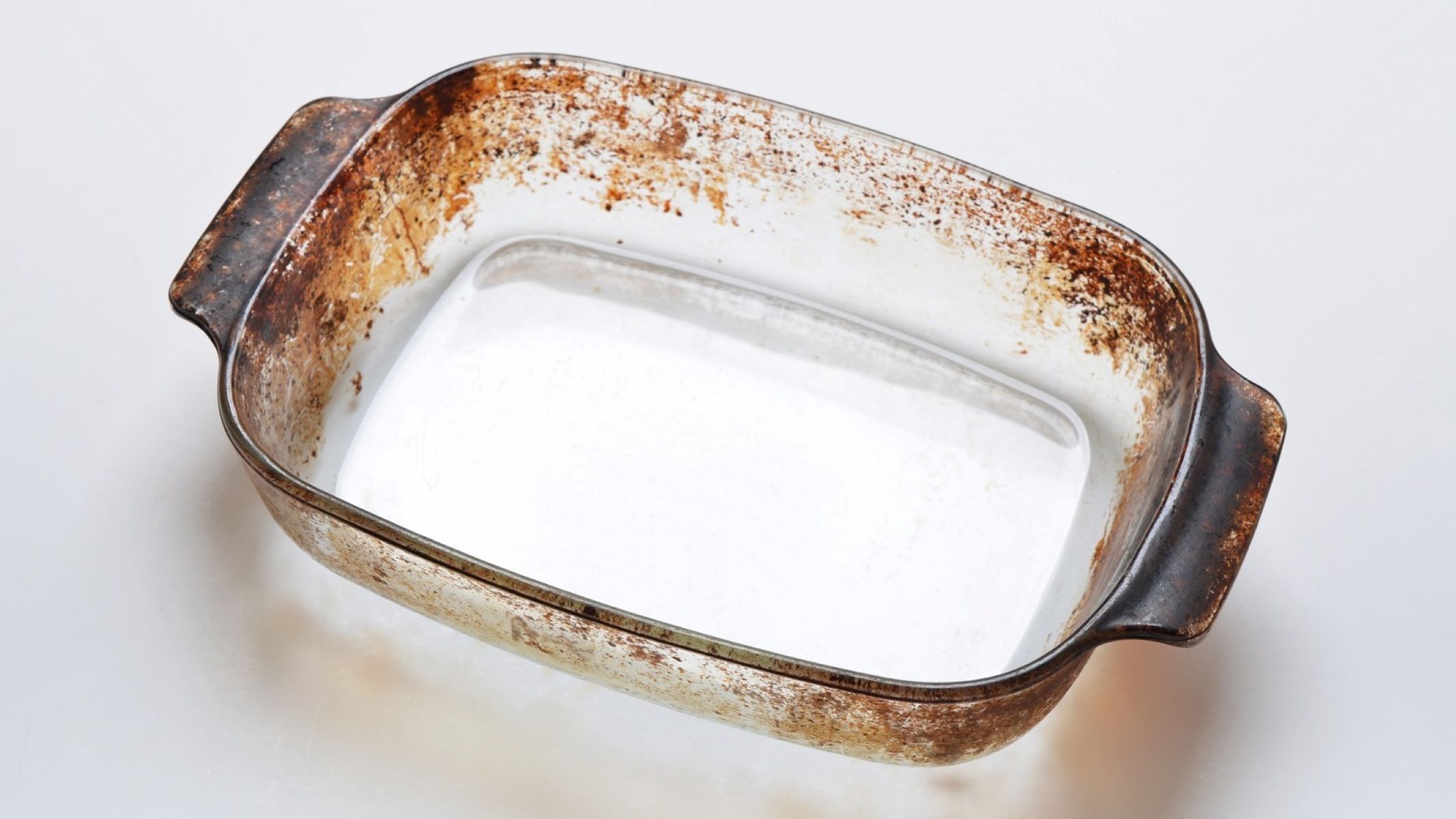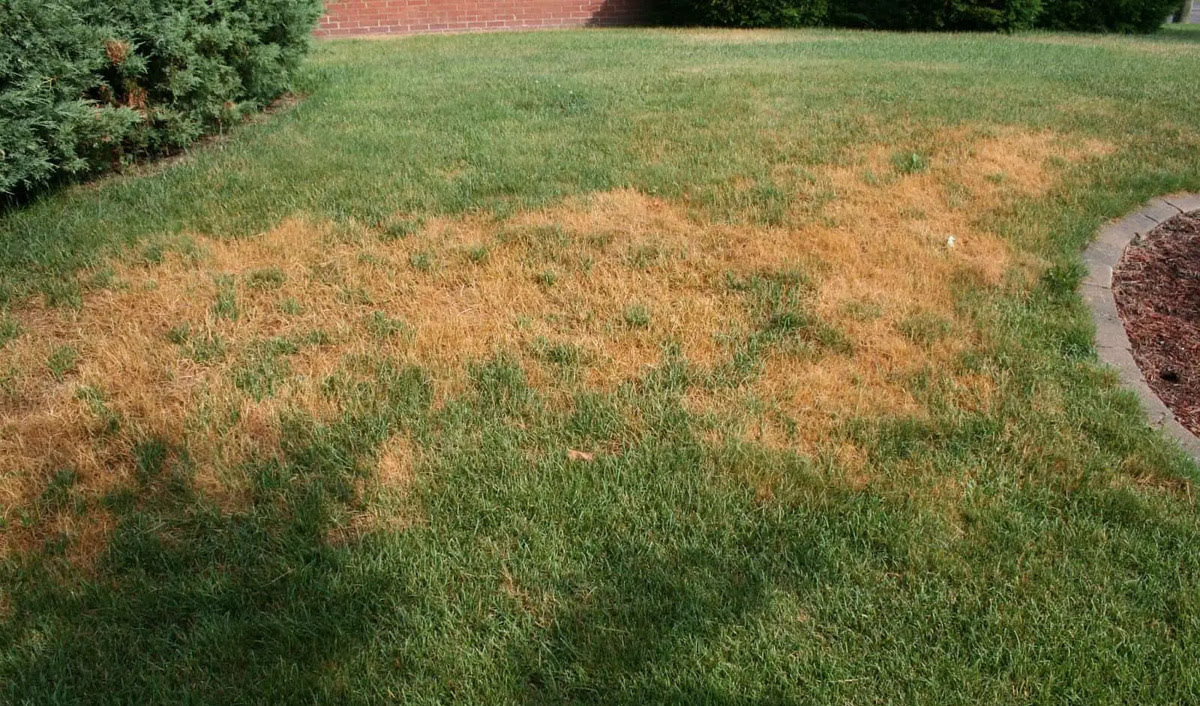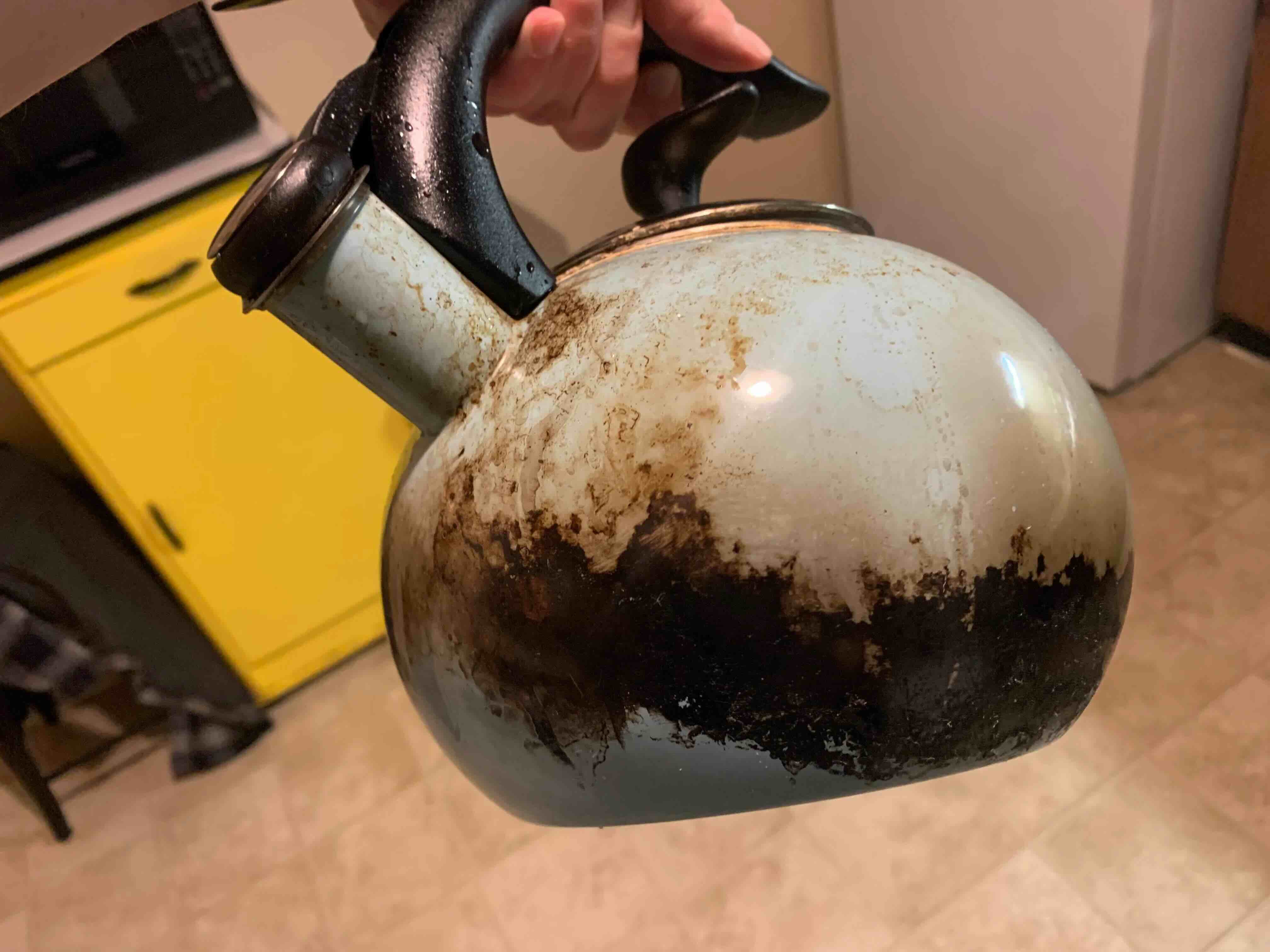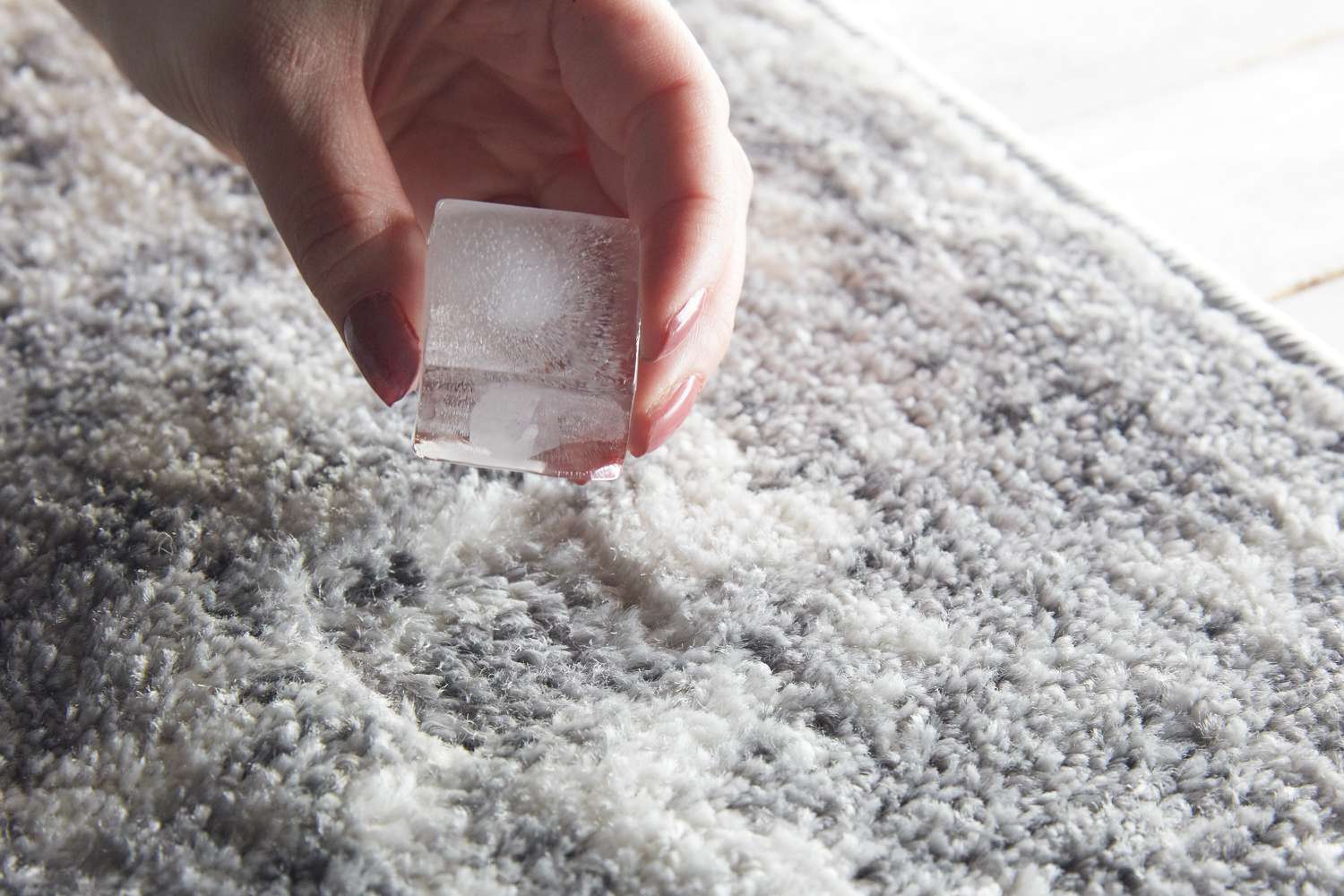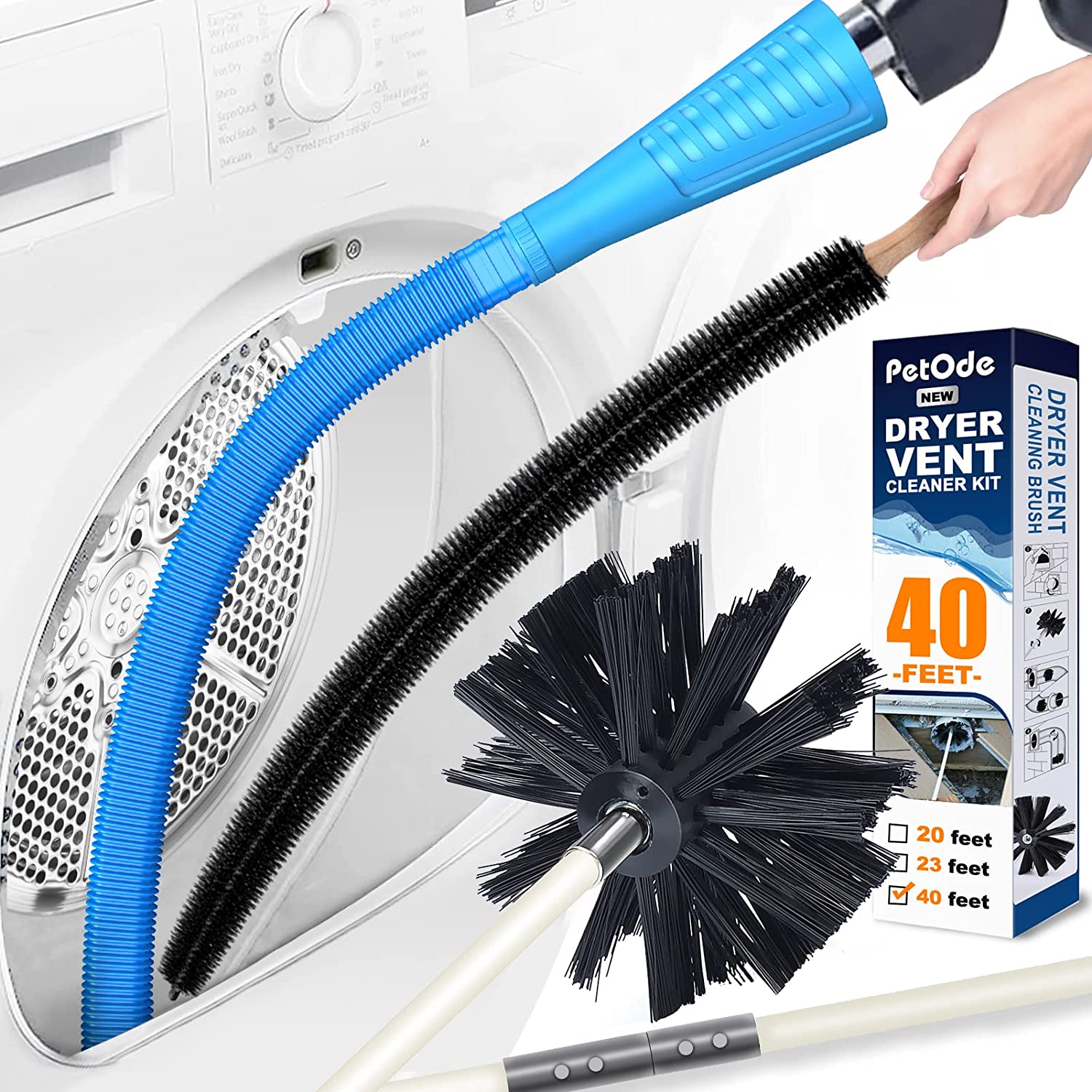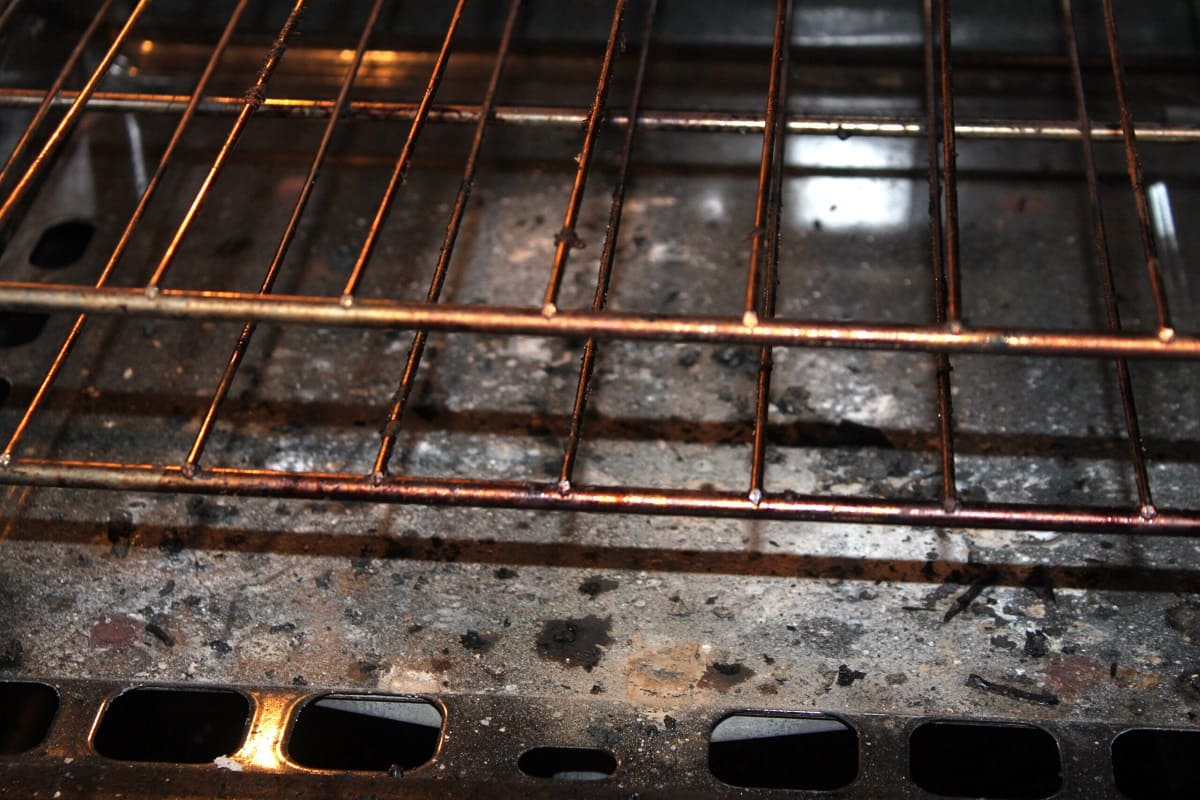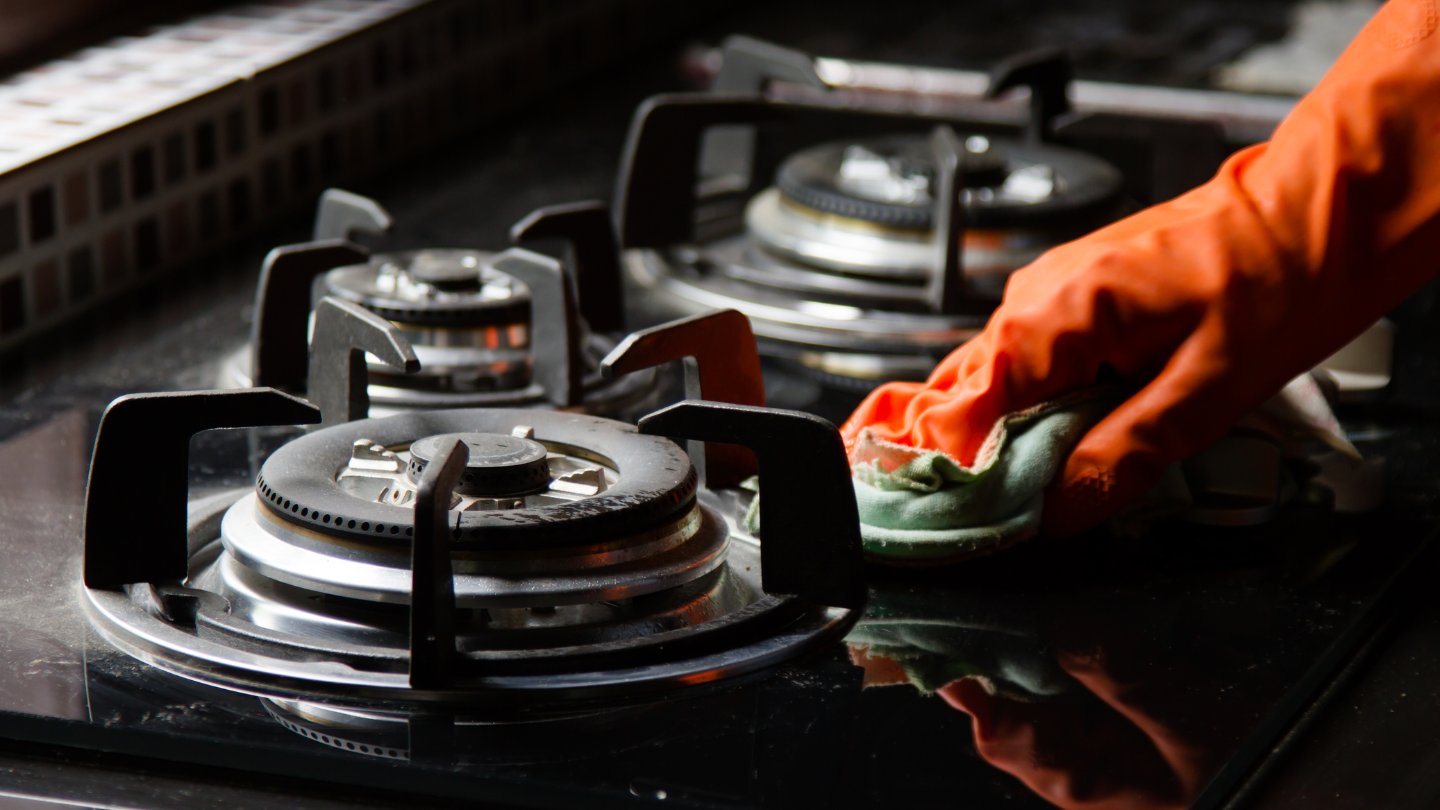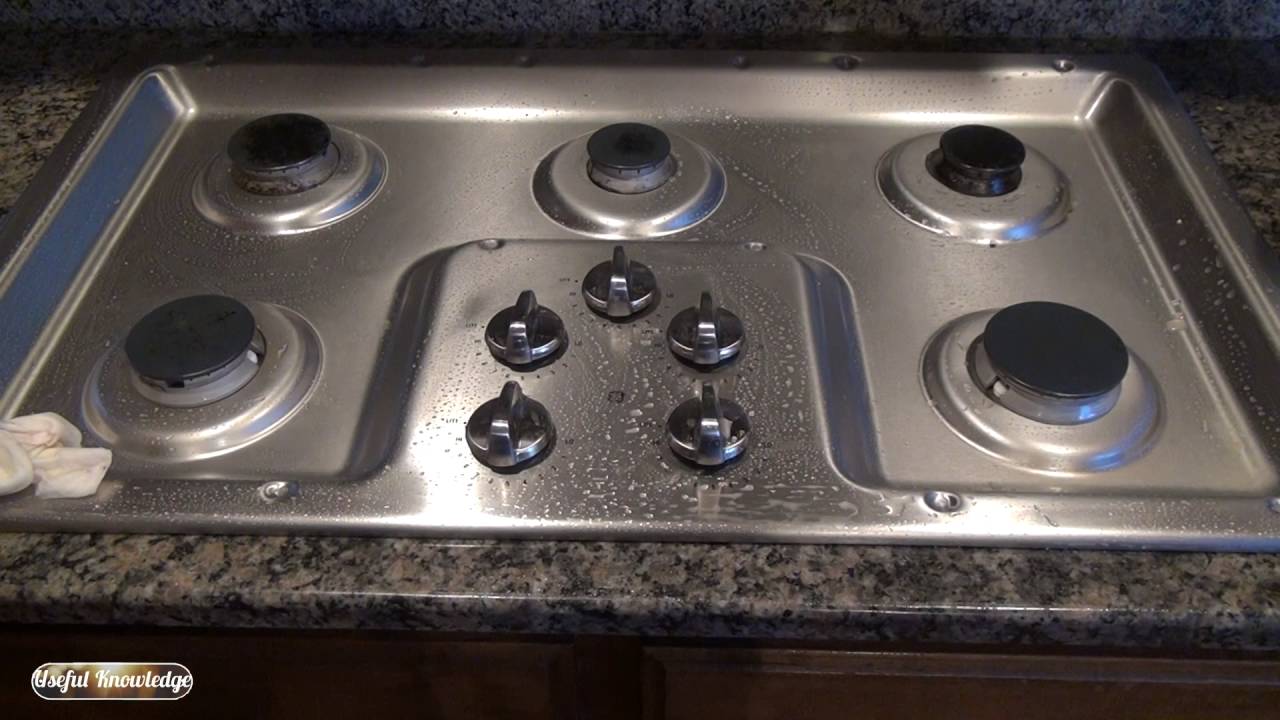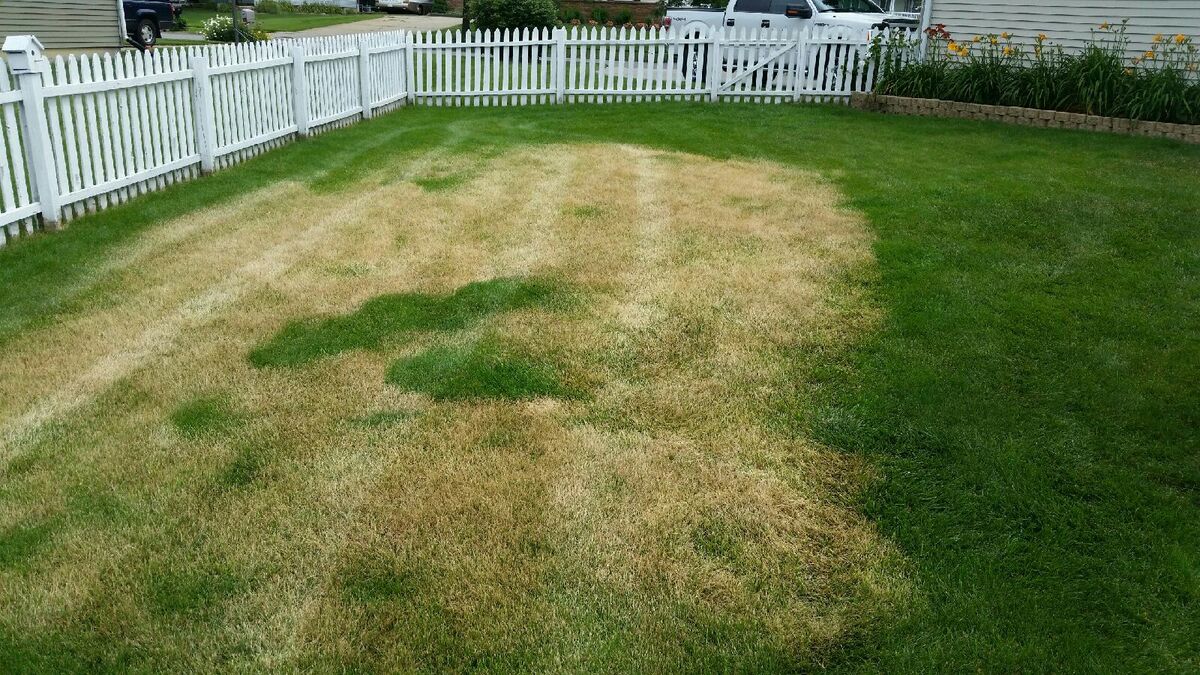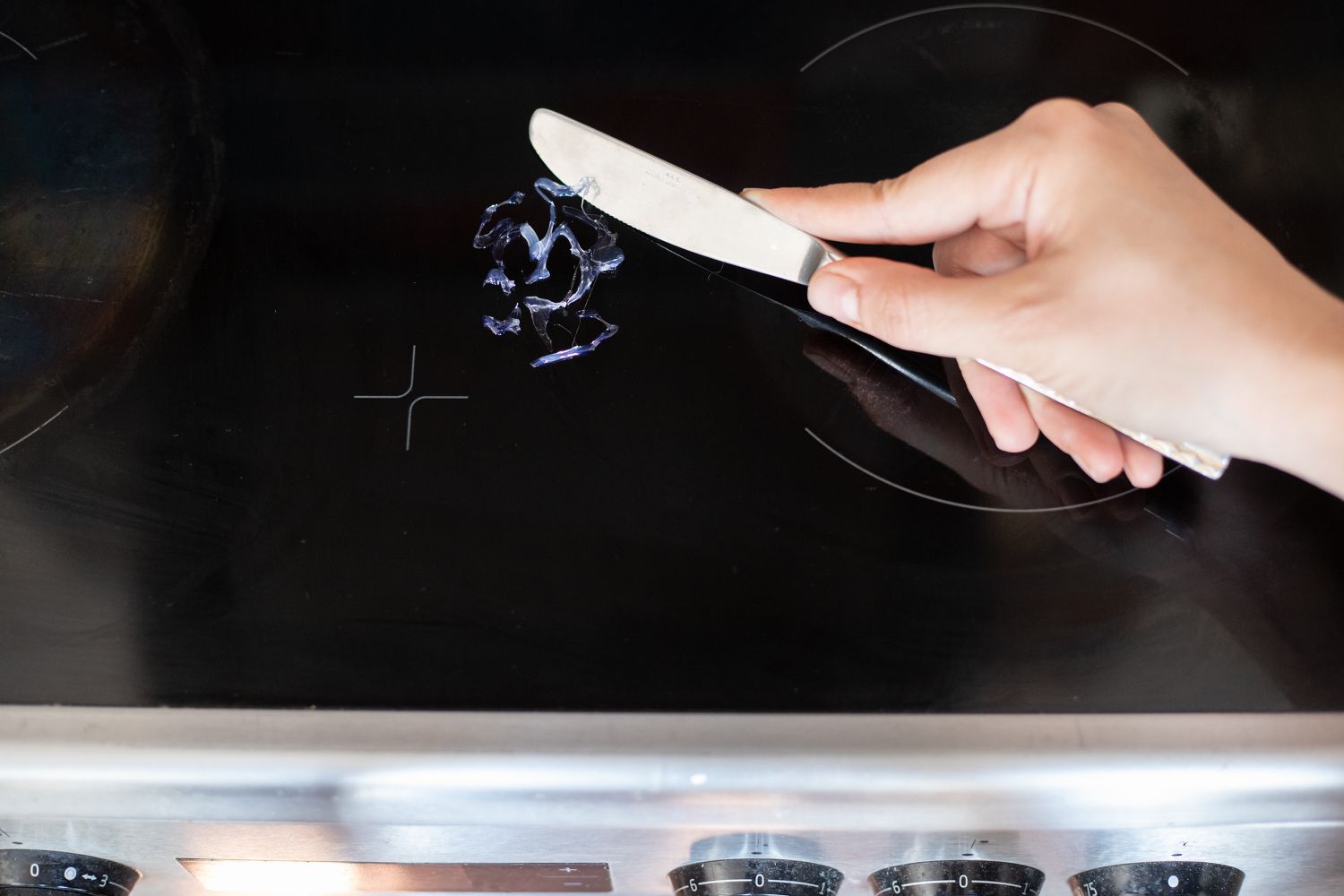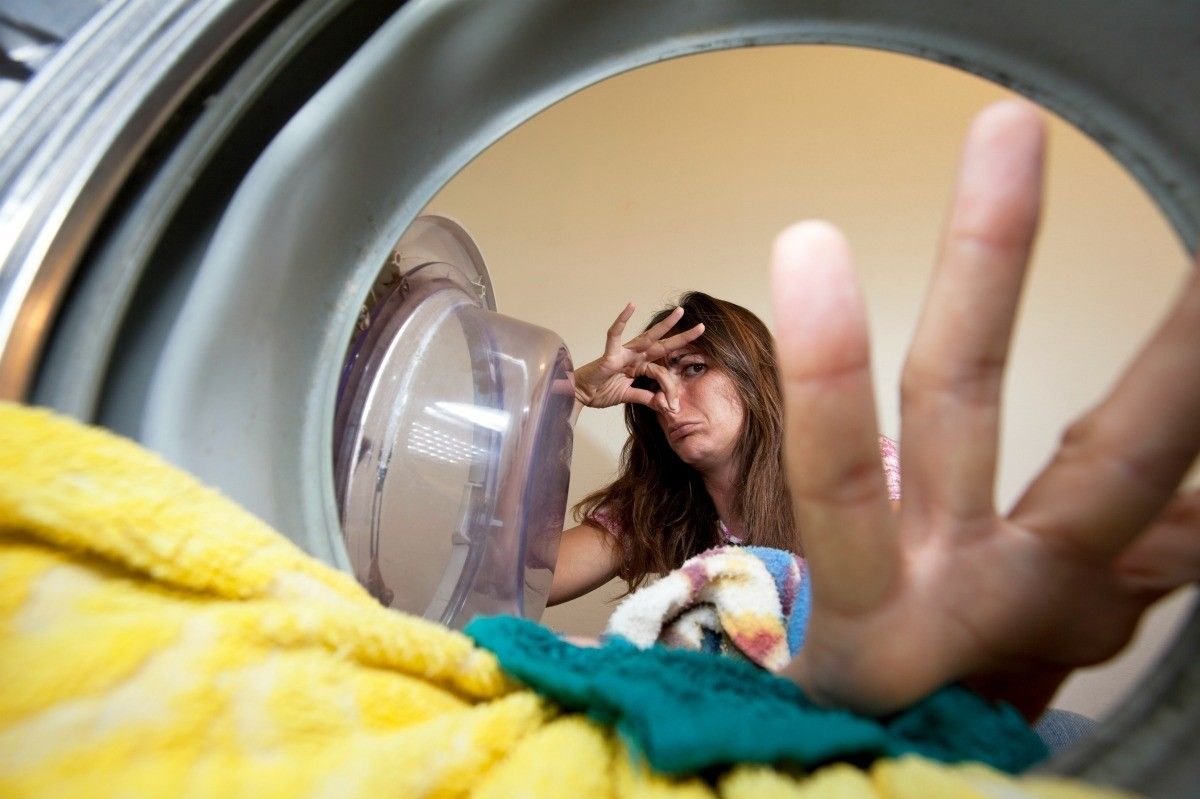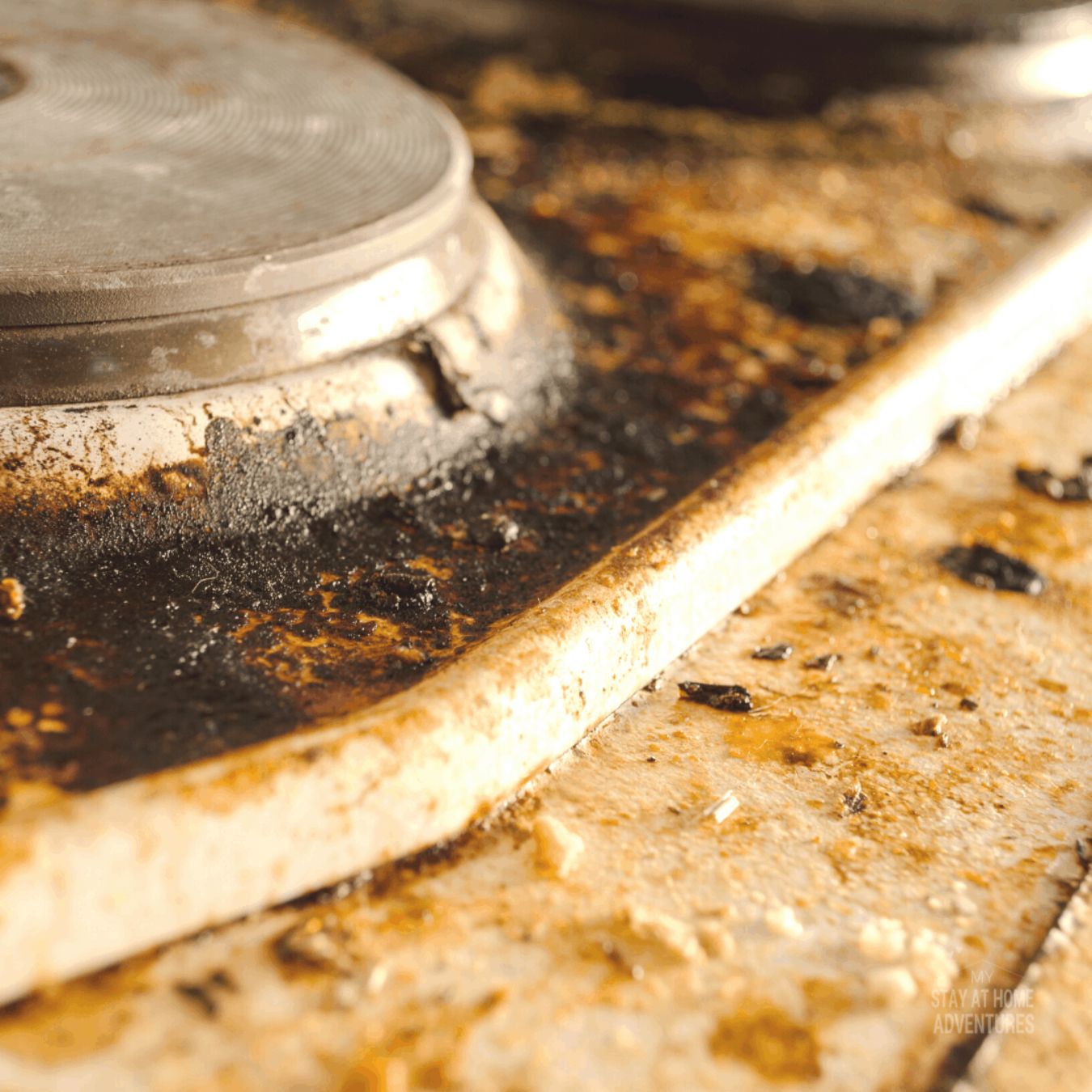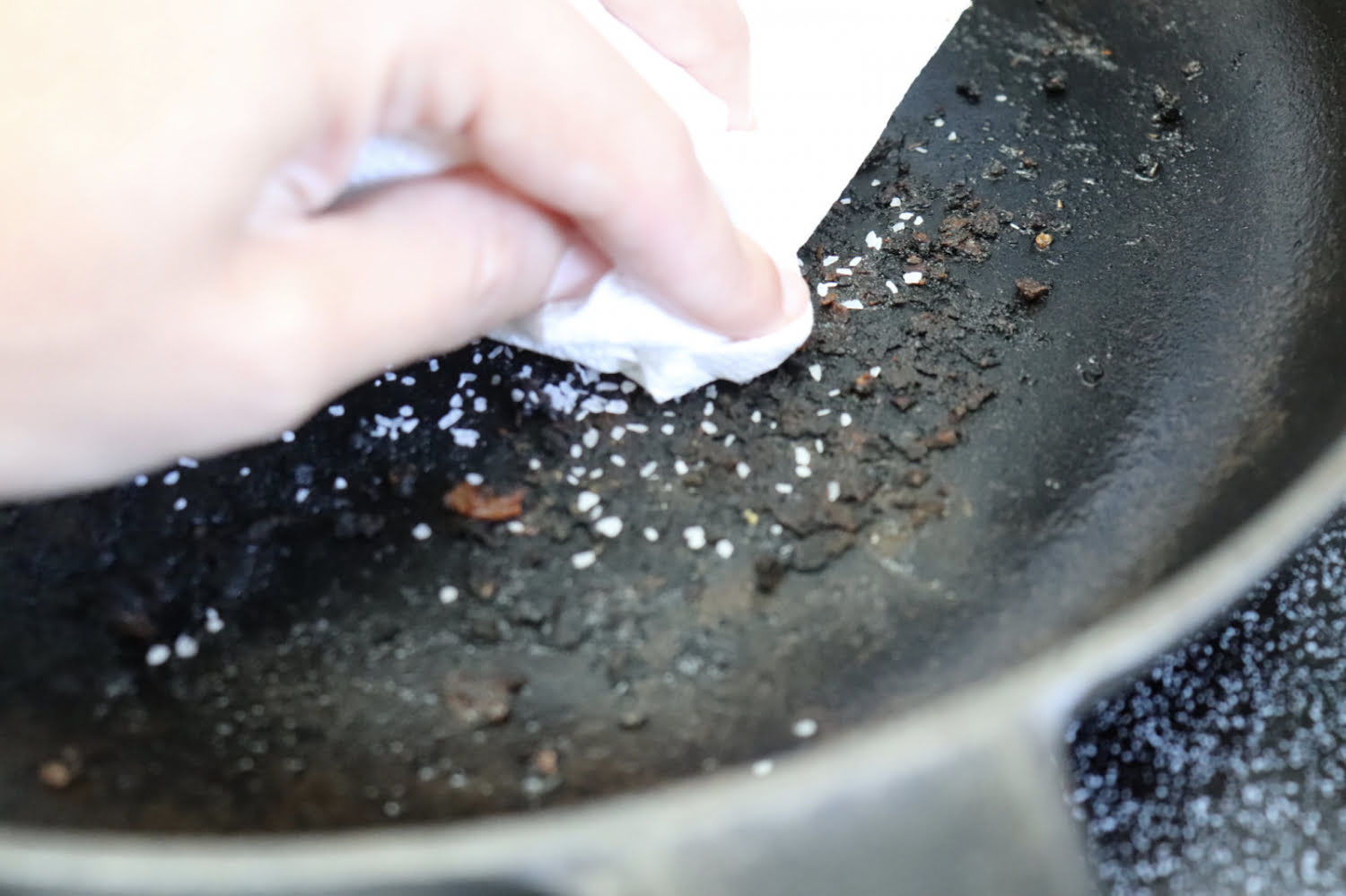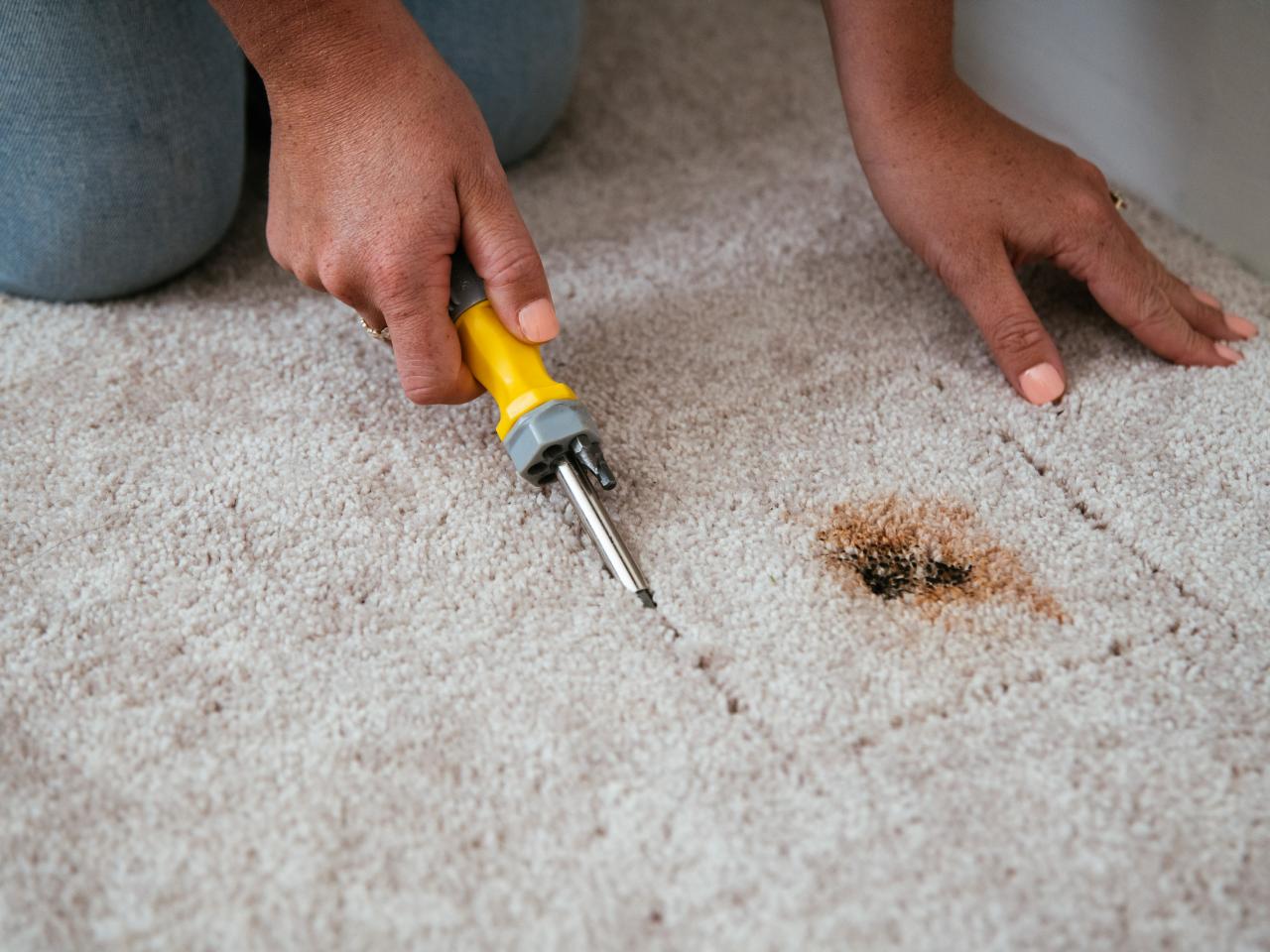

Articles
How To Repair A Burnt Carpet
Modified: February 23, 2024
Learn the step-by-step process of repairing a burnt carpet with our informative articles. Save money and restore the beauty of your carpet with our expert tips!
(Many of the links in this article redirect to a specific reviewed product. Your purchase of these products through affiliate links helps to generate commission for Storables.com, at no extra cost. Learn more)
Introduction
Having a burnt carpet can be a frustrating and unsightly problem. Whether it’s from a dropped cigarette or a hot ember from a fireplace, seeing a burn mark on your beloved carpet can be disheartening. But fear not, because repairing a burnt carpet is possible and can save you the expense of replacing the entire carpet. However, it is important to note that the success of the repair depends on the severity of the burn and the type of carpet you have.
In this article, we will guide you through the process of repairing a burnt carpet, step-by-step. From assessing the damage to blending the repair, we’ll provide you with the necessary information to effectively restore your carpet to its previous glory. So, let’s dive in and learn how to repair a burnt carpet!
Key Takeaways:
- Assess the damage and type of carpet before attempting repair. Cleaning, trimming, and blending are crucial steps for a successful restoration. Seek professional help for extensive damage.
- Patience and precision are key to repairing a burnt carpet. Use the right products, protect your carpet, and maintain it for longevity. Don’t rush the repair process for a professional outcome.
Read more: How To Treat Burnt Grass
Assessing the Damage
Before you begin the repair process, it is crucial to assess the extent of the damage to your carpet. This step will help you determine if the burn can be repaired or if you need to consider replacing the entire carpet.
Start by examining the size and depth of the burn mark. If it is a small burn, such as a cigarette burn or a small ember, it may be easier to repair. However, if the burn is large or has caused significant damage to the carpet fibers, it may be more challenging to fix.
Next, consider the type of carpet you have. Different carpet materials, such as nylon, wool, or polyester, may react differently to burn damage. Some fibers may be more resistant to burns, while others may melt or discolor when exposed to heat. Understanding the specific characteristics of your carpet can help you determine the best approach for repair.
In addition to the visible damage, assess any accompanying odors or stains caused by the burn. If the smoke or ashes have penetrated deep into the carpet fibers or the padding underneath, it may require additional cleaning or deodorizing to completely remove any lingering scents.
Lastly, take into account the age and overall condition of the carpet. If your carpet is already worn out or nearing the end of its lifespan, it may be more practical to replace it rather than invest time and effort into repairs.
By thoroughly assessing the damage, you can make an informed decision on whether to proceed with repairing the burnt carpet or explore other options. Remember, if the damage is extensive or beyond repair, it’s always best to consult with a professional carpet repair service.
Cleaning the Burnt Area
Once you have assessed the damage and decided to repair the burnt carpet, the first step is to clean the affected area. Cleaning the burnt area will remove any loose debris and prepare the surface for further repair.
Start by gently vacuuming the burnt area to remove any loose ash, soot, or burnt fibers. Use a vacuum cleaner with a brush attachment to avoid causing any additional damage to the carpet fibers. Be careful not to press too hard or rub vigorously, as this can spread the burnt fibers and make the damage worse.
Next, create a cleaning solution by mixing a small amount of mild detergent with lukewarm water. Dip a clean white cloth or sponge into the cleaning solution and gently dab the burnt area. Avoid scrubbing aggressively, as this can further damage the carpet fibers. Instead, use a gentle blotting motion to lift any stains or residue.
Continue to dab the burnt area with the cleaning solution until you no longer see any visible stains or discoloration. If necessary, you can repeat the process or use a carpet stain remover specifically formulated for burnt marks.
After cleaning, use a clean, damp cloth to rinse the area and remove any soapy residue. Make sure to thoroughly rinse and wring out the cloth to prevent over-wetting the carpet. Excess moisture can lead to mold or mildew growth, so it’s essential to ensure the carpet is not left overly wet.
Once you’ve completed the cleaning process, allow the burnt area to dry completely before proceeding to the next steps of the repair process. This will ensure that the carpet is in the best condition for further repair techniques.
Cleaning the burnt area is an important step in preparing the carpet for repair. By removing debris and stains, you create a clean canvas, allowing the repair methods to be more effective in restoring the appearance of the carpet.
Trimming or Replacing Fibers
Depending on the severity of the burn and the condition of the carpet fibers, you may need to trim or replace damaged fibers. This step helps to restore the evenness of the carpet surface and create a seamless repair.
If the burn has caused only minor damage, such as singeing or scorching of the fibers, you can proceed with trimming the burnt edges. Start by using a pair of sharp scissors or a carpet knife to carefully trim away the damaged fibers. Take care to only remove the burnt portion, avoiding cutting into undamaged areas. Trim the fibers as close to the base as possible, without causing any additional damage.
For larger burns or areas with more extensive damage, you may need to consider replacing the affected fibers. This process requires a bit more skill and patience but can provide a more complete repair. To replace the fibers, you will need a replacement piece of carpet that matches the color and texture of your existing carpet.
To begin, carefully cut out the damaged area using a carpet knife, creating a clean and precise square or rectangular shape. Make sure to remove all the burnt fibers and any underlying padding or backing that may also be damaged.
Next, trim the replacement piece of carpet to fit the size and shape of the cutout area. Ensure that the replacement piece aligns with the surrounding fibers for a seamless blend. You may need to experiment with the size and shape of the replacement piece until you achieve a good fit.
Once you have the replacement piece ready, apply a layer of carpet adhesive or double-sided carpet tape to the bottom surface. Carefully place the replacement piece into the cutout area, pressing down firmly to ensure it properly adheres to the backing or padding. Smooth out any wrinkles or excess adhesive using a carpet roller or your hands.
Allow the adhesive to dry according to the manufacturer’s instructions before moving on to the next step. This will ensure a secure bond and a durable repair.
Trimming or replacing damaged carpet fibers is an important step in restoring the appearance of the burnt area. By carefully removing burnt edges or replacing the affected fibers altogether, you can achieve a more seamless and aesthetically pleasing repair.
Use a pair of sharp scissors to carefully trim away the burnt fibers from the carpet. Be sure to blend the edges with the surrounding carpet for a seamless repair.
Repairing the Burnt Area
After cleaning and addressing any damaged fibers, the next step is to repair the burnt area itself. This involves filling in the burn mark and restoring the carpet to its original texture and appearance.
To repair the burnt area, you will need a carpet repair kit, which typically includes a heat transfer tool, a repair compound, and a color matching chart. These kits are readily available at most home improvement stores or online.
Start by preheating the heat transfer tool, following the manufacturer’s instructions. Once heated, place a small amount of the repair compound from the kit onto the burnt area. Spread the compound evenly using a putty knife or a similar tool, ensuring that it fills in the burn mark and covers any underlying damage.
After applying the repair compound, use the heat transfer tool to activate and blend the compound with the surrounding carpet fibers. Gently press the tool onto the repaired area, moving it in circular motions. The tool’s heat will help soften the repair compound, allowing it to bond with the surrounding fibers and create a seamless blend.
Continue to work the heat transfer tool over the repaired area until the compound is fully blended and matches the texture of the surrounding carpet. Be careful not to overheat or burn the carpet fibers in the process.
Once you are satisfied with the blend, allow the repair compound to cool and set according to the manufacturer’s instructions. This will ensure a durable and long-lasting repair.
Keep in mind that the color of the repair compound may not perfectly match your carpet’s exact shade. In such cases, you can use the color matching chart provided in the kit to mix and create a custom color that closely matches your carpet. Test the color on a small, inconspicuous area first to ensure a proper match before applying it to the repaired area.
Repairing the burnt area requires precision and patience to achieve a seamless and natural-looking result. By following the instructions provided in the carpet repair kit, you can effectively restore the damaged area and make it nearly invisible.
Read more: How To Regrow Burnt Grass
Blending the Repair
After repairing the burnt area, the final step is to blend the repair with the rest of the carpet, ensuring a cohesive and natural appearance. Proper blending will help disguise the repaired area, making it virtually indistinguishable from the surrounding carpet.
To begin the blending process, gently brush the repaired area with a soft-bristle brush or a clean, dry cloth. This will help fluff up the carpet fibers and blend them with the surrounding areas.
If you notice any unevenness or differences in texture between the repaired area and the rest of the carpet, you can use a carpet rake or a similar tool to further blend the fibers. Simply run the tool over the repaired area in various directions, mimicking the natural direction of the surrounding carpet fibers.
In addition to blending the fibers, it is important to consider the lighting in the room. Different lighting conditions can affect how imperfections or color variations are perceived. Check the repaired area under different lighting sources, such as natural light and artificial lighting, to ensure a seamless blend.
If you still notice any visible differences between the repaired area and the rest of the carpet, you can consider using a carpet dye or stain to further enhance the blending. Choose a dye or stain that matches the color of your carpet and apply it sparingly to the repaired area, following the manufacturer’s instructions.
Remember to test the dye or stain on a small, inconspicuous area of the carpet first to ensure that it achieves the desired result. Apply it gradually, building up the color until you achieve a seamless blend with the surrounding carpet.
Once you are satisfied with the blending, step back and assess the repaired area from various angles and distances to ensure it is nearly invisible. Making small adjustments and taking the time to properly blend the repair will result in a more professional and aesthetically pleasing outcome.
By meticulously blending the repaired area with the surrounding carpet, you can achieve a seamless and natural appearance, making it difficult to spot the initial burn mark.
Final Tips and Considerations
Repairing a burnt carpet requires careful attention to detail and precision. To ensure a successful outcome, here are a few final tips and considerations:
- Seek Professional Help: If you are unsure about your ability to repair the burnt carpet or the damage is extensive, it is best to seek professional help. Carpet repair experts have the skills and experience to handle more complex repairs and can ensure a high-quality result.
- Choose the Right Products: When selecting cleaning solutions, repair compounds, or dyes, choose products specifically designed for carpet repairs. Using the right products will yield better results and reduce the risk of damage to your carpet.
- Protect Your Carpet: To prevent future burns or damage, make sure to implement preventative measures. Use ashtrays for smokers, keep hot objects away from the carpet, and consider placing protective mats or rugs in high-risk areas.
- Regular Maintenance: Caring for your repaired carpet is crucial to maintaining its longevity. Vacuum regularly, clean spills promptly, and schedule professional carpet cleanings to keep your carpet looking its best.
- Keep Spare Carpet: If you have spare carpet remnants from the original installation, store them safely. They can be valuable for future repairs or to replace larger damaged sections of the carpet.
- Be Patient: Repairing a burnt carpet can be a time-consuming process, especially if you are striving for a seamless blend. Take your time, follow the instructions carefully, and do not rush the repair. Patience will lead to a more professional-looking result.
Remember, repairing a burnt carpet requires skill and patience. If you are unsure about any step of the process or the damage seems beyond repair, it is always best to consult with a professional carpet repair service. They can provide guidance, expertise, and ensure the best possible outcome.
By following these final tips and considerations, you can effectively repair a burnt carpet and extend its lifespan, saving you the cost and hassle of replacing the entire carpet.
Conclusion
Repairing a burnt carpet may seem like a daunting task, but with the right knowledge and techniques, it can be successfully restored to its original condition. By properly assessing the damage, cleaning the burnt area, trimming or replacing fibers, repairing the burn mark, and blending the repair, you can achieve a seamless and professional-looking result.
It’s essential to approach the repair process with patience, attention to detail, and the right tools and products. Take the time to carefully assess the damage and determine the best course of action. Clean the burnt area thoroughly and consider trimming or replacing damaged fibers for a more effective repair. Utilize a reliable carpet repair kit to mend the burn mark and blend it seamlessly with the surrounding carpet fibers.
Throughout the entire process, keep in mind that the success of the repair depends on the severity of the burn, the type of carpet, and your commitment to precision and thoroughness. If the damage is extensive or beyond your capabilities, don’t hesitate to seek professional assistance.
Remember to maintain and care for your repaired carpet to prolong its lifespan. Implement preventative measures to avoid future burns or damage, and practice regular maintenance to keep your carpet looking its best. Additionally, keep spare carpet remnants for future repairs or replacements.
Repairing a burnt carpet is not only a cost-effective solution, but it also allows you to preserve the beauty and integrity of your flooring. With the right techniques and a little bit of effort, you can restore your carpet and make the burn mark a thing of the past.
So, don’t despair when faced with a burnt carpet. Take the necessary steps, follow the guidelines provided, and you’ll be well on your way to repairing and rejuvenating your carpet, saving both money and the environment.
Frequently Asked Questions about How To Repair A Burnt Carpet
Was this page helpful?
At Storables.com, we guarantee accurate and reliable information. Our content, validated by Expert Board Contributors, is crafted following stringent Editorial Policies. We're committed to providing you with well-researched, expert-backed insights for all your informational needs.
